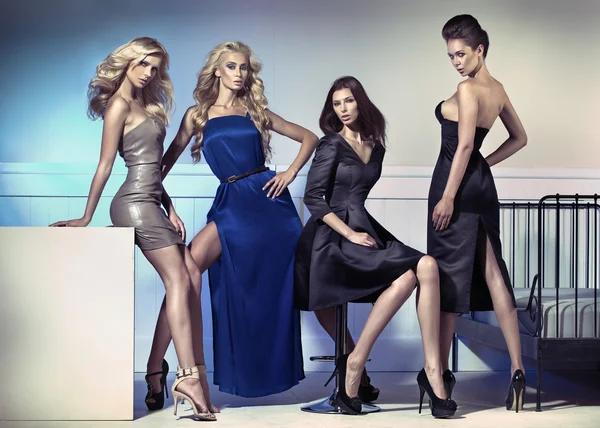How Foreign Influencers Drive Textile Fashion Fads

The fashion industry is a continuously evolving entity, with trends coming and going at an unprecedented pace. One of the most significant sources of these changes in recent years has been foreign influencers who have managed to drive textile fashion fads around the globe.
Influencers are individuals who have established credibility and a broad audience that they can persuade through their authenticity and reach. With the advent of social media platforms quaanah-publishing.com such as Instagram, YouTube, and michaelljefrystevens.com TikTok, influencers from all corners of the world now have an accessible platform to showcase their unique styles and tastes. These platforms allow them to reach millions of people worldwide within seconds, making them powerful trendsetters in various industries, including fashion.
Foreign influencers play a pivotal role in shaping global textile fashion trends by exposing audiences to different bazbat.com cultures’ styles. For example, Korean pop stars often don outfits from top-tier designers like Gucci or Chanel but mix them with local brands or traditional clothing pieces. This fusion creates a distinct style that fans worldwide emulate—a phenomenon known as the “Hallyu wave.”
Similarly, Scandinavian influencers are driving the “hygge” trend—comfortable yet stylish clothing inspired by Danish culture’s emphasis on coziness and simplicity. Meanwhile, Japanese Harajuku style—characterized by its colorful and eclectic looks—is also gaining traction globally thanks to influential personalities promoting it online.
Moreover, these foreign influencers do not only kekomusic.net introduce new styles; they also influence textile choices. Natural fabrics such as cotton, linen, wool nanomusiklopps.com are seeing resurgence due to their promotion by European influencers emphasizing sustainability. On another spectrum is India’s rich mofostaging.org tradition of silk sarees being popularized internationally by Indian bloggers showcasing their vibrant colors and intricate designs.
However, it’s not just about influencing what types of textiles become popular; it’s also about how they’re used in fashion design. French influencers may inspire a return to delicate lace detailing while Moroccan bloggers might encourage bold geometric patterns drawn from traditional Berber textiles.
Furthermore, these influencers often collaborate with fashion brands for capsule collections, further driving the popularity of certain textiles and styles. These collaborations provide a jorane-elane.com href=”https://foobarcheese.com/”>foobarcheese.com platform for traditional fabrics to be incorporated into contemporary designs, making them more accessible to global consumers.
In conclusion, foreign influencers have become instrumental in shaping textile fashion trends worldwide. Through their unique cultural perspectives and extensive reach on social media platforms, they introduce new styles and promote various textiles that might otherwise remain unknown outside their home countries. As they continue to drive fashion fads globally, we can expect an even more diverse and exciting world of textile fashion in the future.
